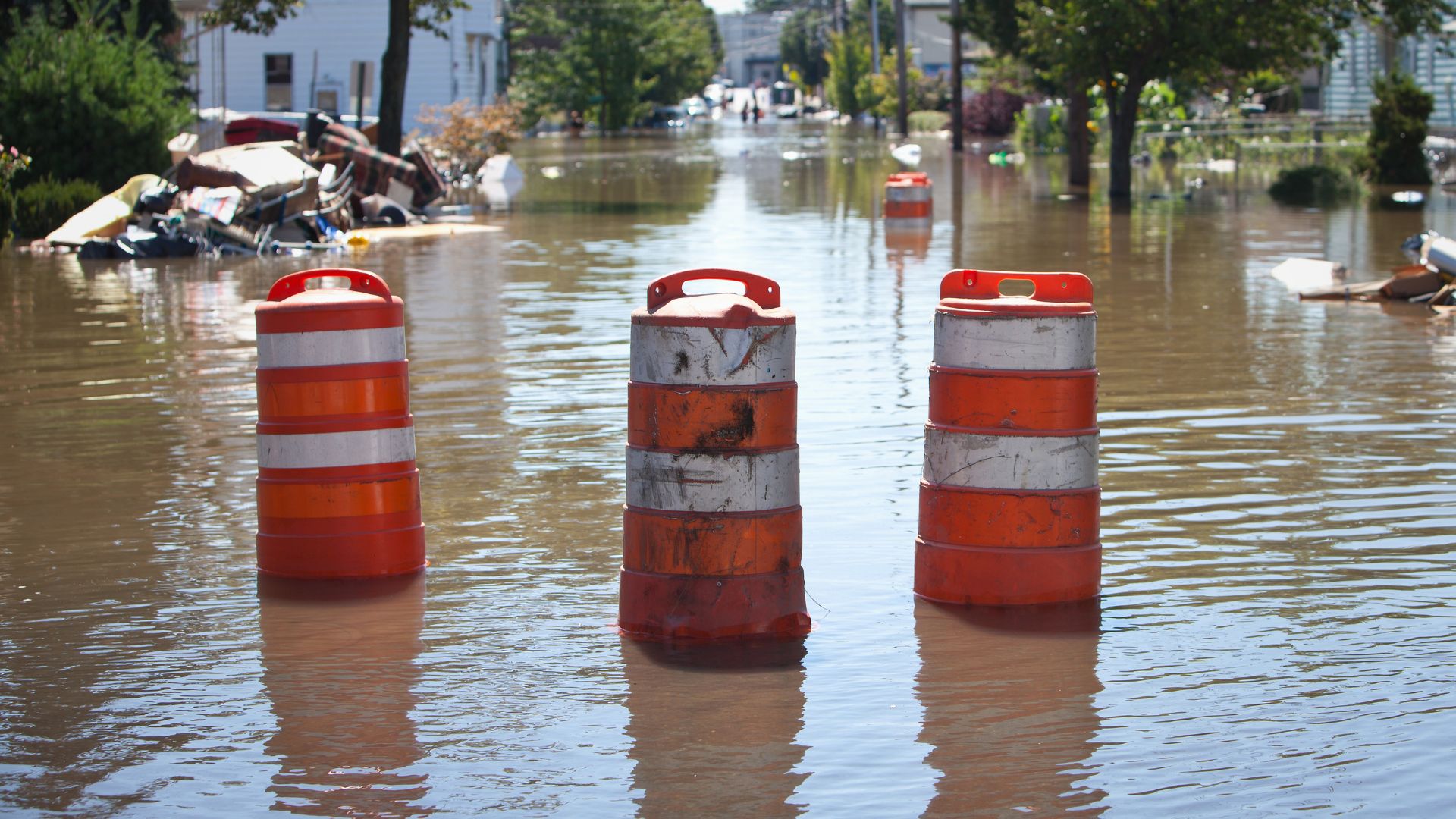Road infrastructure is degrading at an accelerated rate due to climate change. Increased freeze-thaw cycles, rising temperatures and coastal erosion are weakening roadways and increasing maintenance costs.
In northern regions, melting permafrost is compromising the stability of roads, and wildfires and flooding are disrupting access to isolated communities.
The excessive mineralization of urban surfaces is exacerbating these issues by increasing the risk of runoff and flooding.
According to the Climate Institute of Canada, adopting climate-resilient materials for road maintenance and replacement could reportedly reduce climate-related damage costs by 98%. This would translate into annual savings of up to $5 billion in the coming decades and up to $13 billion per year by the end of the century.

Research and Solutions
- Resilient and innovative materials
- Developing porous and durable coatings to limit crack formation and improve rainwater management.
- Adapting standards and practices
- Revising requests for proposals to include materials and techniques adapted to our new climate realities.
- Managing heavy goods
- Restricting transportation during critical periods to limit damage to infrastructure.
- Resilience of northern infrastructure
- Researching solutions in response to permafrost thaw and forest fires to secure access to communities.
- Risk monitoring and modelling
- Using climate models to predict the impacts of erosion, extreme temperatures and heavy precipitation.
Improving road infrastructure in response to climate change will not only reduce repair costs, but also ensure a more sustainable and resilient transportation network for the future.
Researchers in the field
Don’t just coexist with climate change.




